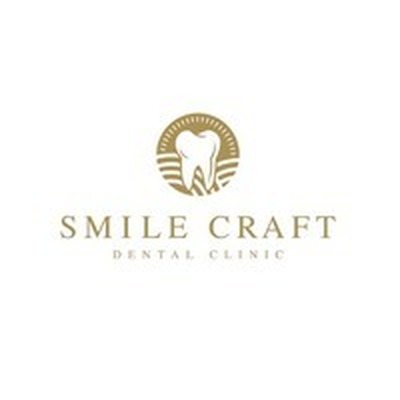Transform Your Smile: The Ultimate Guide to Conventional Braces
Body
Achieving a perfect smile often involves a journey, and for many, that journey begins with conventional braces. These time-tested orthodontic devices have been transforming smiles for decades, providing a reliable and effective solution for correcting dental misalignments. In this guide, we'll delve into the basics of conventional braces Puchong, exploring how they work and why they remain a popular choice for orthodontic treatment.
How Do Conventional Braces Work?
At the heart of conventional braces is a simple yet powerful concept: applying gentle, continuous pressure to move teeth into their desired positions. The braces consist of brackets, which are attached to each tooth, and wires that connect these brackets. These components work together to guide the teeth gradually over time.
Orthodontists strategically place the brackets on the teeth, considering the unique misalignment of each patient. The archwire, running through the brackets, is then tightened at regular intervals, exerting controlled pressure to shift the teeth. Additionally, rubber bands or other components may be used to enhance the effectiveness of the treatment.
The Evolution of Conventional Braces
While the fundamental principles of conventional braces have remained consistent, advancements in materials and design have made modern braces more comfortable and aesthetically appealing. Today, patients can choose from various types of braces, including traditional metal braces, ceramic braces that blend with tooth color, and even lingual braces, which are attached to the back of the teeth for a nearly invisible appearance.
The evolution of conventional braces extends beyond aesthetics. Innovations like heat-activated archwires, which use body heat to expedite tooth movement, have enhanced the efficiency of treatment. Additionally, smaller brackets and reduced friction in newer designs contribute to a more comfortable experience for wearers.
The Benefits of Conventional Braces
Conventional braces offer a range of benefits that contribute to their enduring popularity. One of the key advantages is their versatility in treating various orthodontic issues, from simple misalignments to more complex cases involving bite problems. Unlike some alternative treatments, conventional braces are suitable for patients of all ages, making them a reliable option for both adolescents and adults.
The effectiveness of conventional braces is another compelling factor. With proper care and adherence to the orthodontist's guidance, patients can expect consistent progress toward a straighter, more aligned smile. This reliability has made conventional braces a go-to choose for orthodontic professionals and their patients.
Overcoming Common Concerns
While the benefits of conventional braces are significant, it's natural for patients to have concerns. One common worry is the visibility of metal braces, especially in a society that values aesthetic appearances. However, advancements in design and materials have addressed this concern, offering options like tooth-colored brackets and clear wires for a more discreet look.
Discomfort is another consideration, but orthodontists are well-versed in minimizing this aspect of treatment. Patients may experience mild discomfort or soreness after adjustments, but this is typically temporary and can be managed with over-the-counter pain relievers.
Maintenance and Care
Proper maintenance and care are crucial for the success of conventional braces. Orthodontic check-ups and adjustments are scheduled regularly, allowing the orthodontist to monitor progress and make necessary modifications to the treatment plan. Patients must also adhere to a diligent oral hygiene routine, including regular brushing, flossing, and the use of special tools to clean between brackets and wires.
Adhering to dietary restrictions is another aspect of care. Certain foods, such as sticky candies and hard snacks, can damage or dislodge braces. Patients are typically advised to avoid these items to ensure a smooth and successful treatment process.
Life After Braces
The journey with conventional braces eventually comes to an end, and the result is a beautifully transformed smile. After the braces are removed, a retainer is often prescribed to maintain the new alignment of the teeth. This phase is crucial to prevent any regression and ensure the longevity of the orthodontic investment.
Moreover, the confidence boost that comes with a straight and aligned smile is immeasurable. Many patients find that the temporary challenges of wearing braces are outweighed by the long-term benefits of improved oral health and an enhanced appearance.
Conclusion: Embracing the Journey to a Radiant Smile
In the world of orthodontics, conventional braces continue to stand the test of time as a reliable and effective solution for achieving a perfect smile. From their humble beginnings to the modern, aesthetically pleasing designs, these braces have evolved to meet the diverse needs of patients.
The journey to a radiant smile may involve a period of adjustment and patience, but the results are well worth it. As technology advances and orthodontic practices refine their techniques, conventional braces remain a cornerstone in the pursuit of dental perfection. So, if you're considering orthodontic treatment, embrace the journey with confidence—conventional braces might just be the key to transforming your smile.











Comments